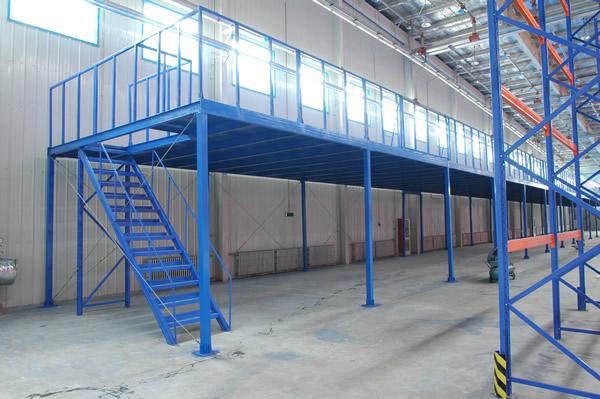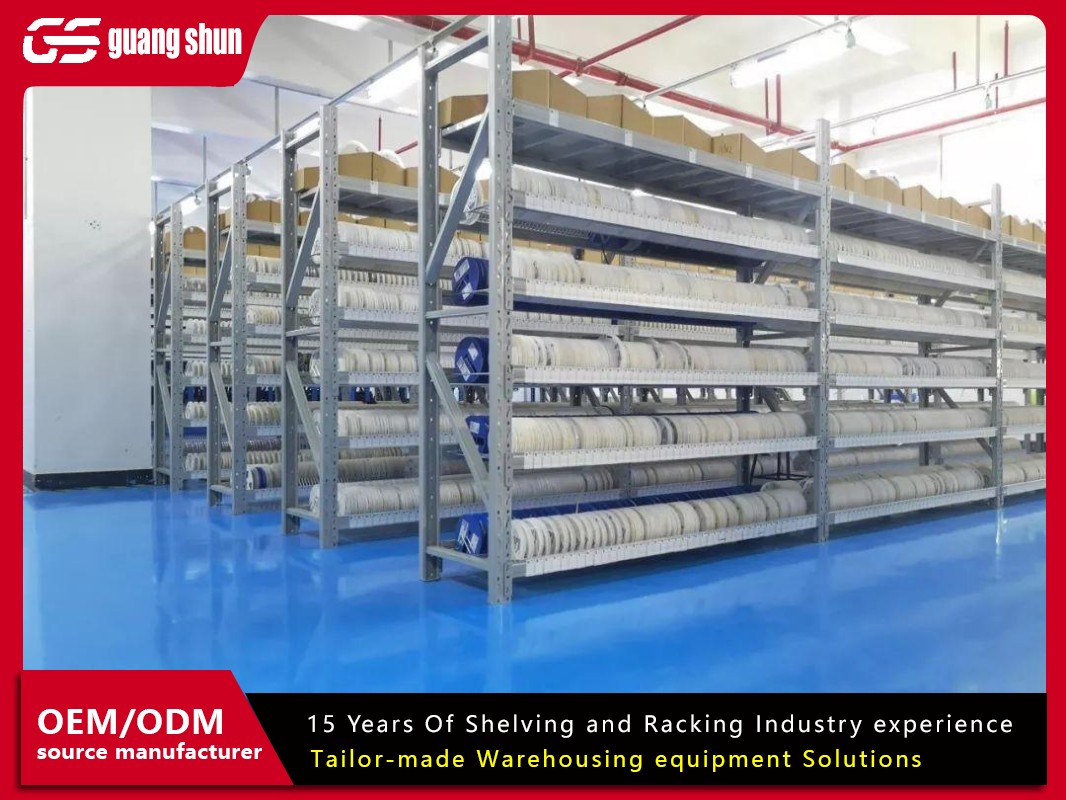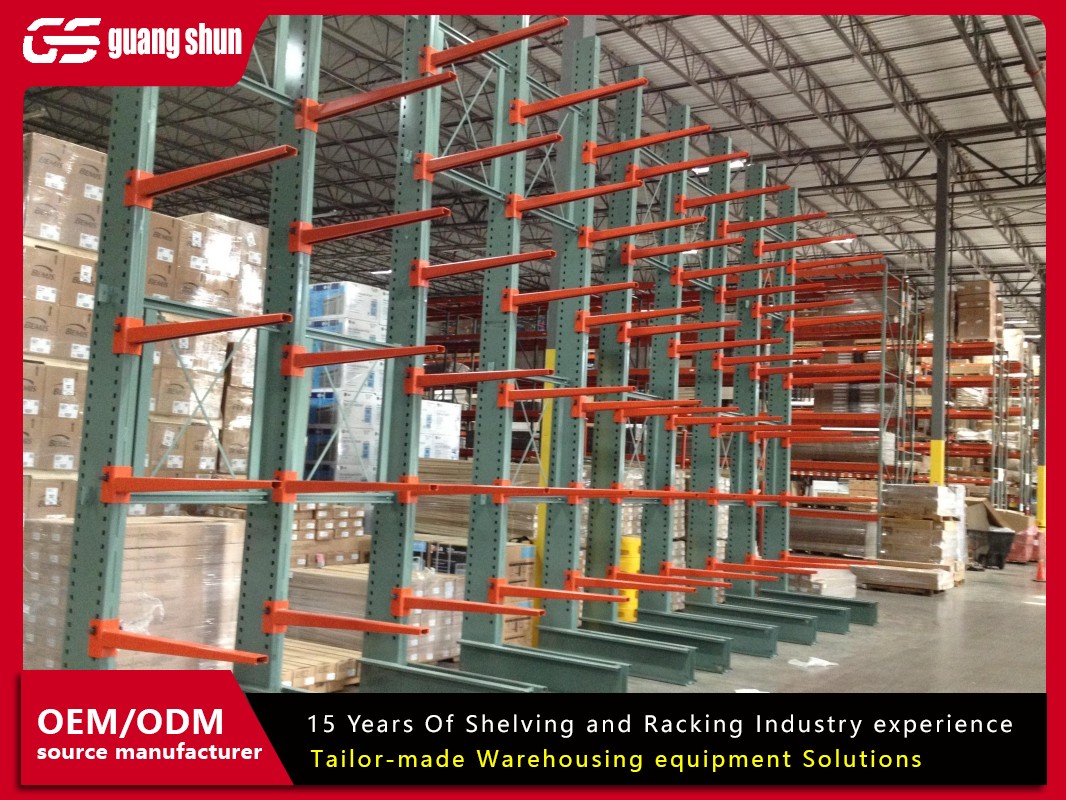Walking into a disorganized warehouse is a logistical nightmare. Boxes are piled high, picking times are slow, and safety hazards are everywhere. The backbone of any efficient storage operation isn't just space—it's the intelligent use of that space. This is where warehouse rack shelves come in. They are not just metal structures; they are the strategic framework that dictates the flow, accuracy, and speed of your entire supply chain. Choosing the right system is a critical business decision. This article will break down seven common types of warehouse racking systems, their applications, and a clear guide to help you select the perfect setup for your needs.

Why Your Choice of Warehouse Rack Shelves Matters More Than You Think
Many businesses underestimate the impact of their storage solutions. They see warehouse rack shelves as a simple commodity. In reality, the right system directly impacts your bottom line. It maximizes your available cubic space, reducing the need for expensive expansion. It improves inventory control and order accuracy by organizing SKUs logically. Most importantly, it enhances worker safety by providing stable, designated locations for pallets and goods, reducing the risk of collapses and accidents. Investing time in selecting the correct industrial storage racks is an investment in operational excellence.
The 7 Most Common Types of Warehouse Rack Shelves
Not all storage needs are the same. The variety of goods, turnover rates, and warehouse layout demand different solutions. Here are seven prevalent configurations of warehouse rack shelves.
1. Selective Pallet Racking: The Go-To Standard
This is the most common system you'll see in warehouses. Selective racking allows direct access to every single pallet, making it ideal for SKUs with a high variety and low turnover. Its simple design consists of upright frames and horizontal load beams. This accessibility makes it perfect for businesses that need to frequently pick individual pallets. However, it can be less space-efficient than denser systems because every aisle takes up valuable floor space.
2. Drive-In/Drive-Thru Rack Shelves: For High-Density Storage
When you need to store a large quantity of the same product, drive-in racking is a powerful solution. This high-density system eliminates multiple aisles by allowing forklifts to drive directly into the rack structure. Drive-in racks have a last-in, first-out (LIFO) structure, while drive-thru racks allow for first-in, first-out (FIFO). These pallet racking systems are excellent for cold storage or for storing seasonal items in bulk, dramatically increasing storage density.
3. Push Back Racking: A Dynamic Storage Solution
Push back racking offers a compelling middle ground between selectivity and density. It consists of carts on inclined rails that nest multiple pallets deep. When a pallet is loaded, it pushes the previous ones back. When unloading, the next pallet moves forward automatically. This system, typically 2-5 pallets deep, provides better density than selective racking while still offering good selectivity for multiple SKUs per bay. It's a great choice for warehouse storage shelves handling products with medium turnover.
4. Pallet Flow Racking: The Ultimate FIFO System
If your operation strictly requires first-in, first-out inventory management, pallet flow racks are the answer. This system uses a dynamic design where pallets are loaded from a high end and move forward on wheel or roller tracks toward the unloading end by gravity. This ensures the oldest inventory is picked first, making it perfect for perishable goods or items with strict expiration dates. While the initial warehouse rack cost is higher, the gains in efficiency and inventory control are significant.
5. Cantilever Racking: For Long, Bulky Items
Standard warehouse rack shelves aren't suitable for everything. For long, bulky, or irregularly shaped items like timber, pipes, or furniture, cantilever racking is the specialist solution. It features sturdy upright columns with arms that extend outwards, providing clear, unobstructed access to the stored material. This design makes loading and unloading awkward items much safer and more efficient than trying to fit them onto standard pallet shelves.
6. Mobile Pallet Racking: Maximizing Floor Space
In facilities where space is at an absolute premium, mobile racking systems provide a smart solution. Instead of having fixed aisles, the entire rack structure is mounted on motorized bases that move on rails. To access a specific aisle, the racks are simply shifted to create a temporary opening. This can increase storage capacity by up to 100% compared to selective racking. The price of warehouse racks of this type is higher due to the mechanical systems, but the space savings can easily justify the investment.
7. Mezzanine Systems: Adding a Second Floor
When you can't expand outwards, look upwards. A warehouse mezzanine is essentially a raised platform installed between your existing warehouse rack shelves, creating a second or even third level of storage or workspace. This is an excellent way to utilize the often-wasted vertical cube of a warehouse for lighter bulk items, packaging materials, or office space. It’s one of the most effective ways to increase your warehouse storage capacity without building a new facility.

How to Select the Right Warehouse Rack Shelves: A 5-Step Guide
Choosing the right system requires a careful analysis of your specific needs. Follow this five-step guide.
Analyze Your Inventory: Start by cataloging your products. What are their dimensions and weights? Are they palletized? How many different SKUs do you have? This data is the foundation of your decision.
Understand Your Turnover (LIFO vs. FIFO): Determine your inventory flow. Do you ship the most recently received product first (LIFO) or the oldest (FIFO)? This will immediately point you towards systems like push-back (LIFO) or flow-through (FIFO) racks.
Calculate Your Space and Capacity: Precisely measure your available warehouse space, including ceiling height. Calculate the total weight each bay needs to hold. This will dictate the size and load capacity of your industrial storage racks.
Consider Your Equipment and Workflow: Your choice of warehouse rack shelves must be compatible with your forklifts and other material handling equipment. Ensure aisles are wide enough for safe maneuvering. Map your picking and stocking paths to ensure the layout promotes an efficient workflow.
Evaluate Budget and Future Growth: Balance the initial warehouse rack cost with long-term ROI. A cheaper system that hinders growth may cost more in the long run. Consider scalable systems that can be easily reconfigured as your business evolves.
The Critical Role of Safety and Professional Installation
Even the best-designed warehouse racking system can fail if improperly installed or maintained. Professional installation is non-negotiable. It ensures that the structure is level, plumb, and anchored correctly, with all components properly engaged. Furthermore, regular inspections for damage, employee training on safe loading practices, and the use of column guards and rack protectors are essential to maintain a safe working environment and protect your investment.
Frequently Asked Questions (FAQ) About Warehouse Rack Shelves
Q1: What is the typical weight capacity for standard warehouse rack shelves?
A1: The weight capacity for warehouse rack shelves varies dramatically based on the design, beam style, and metal gauge. Light-duty selective racks might hold 1,000-2,000 lbs per shelf, while heavy-duty pallet racking systems can handle 10,000 lbs per shelf or more. Always consult with a structural engineer or a qualified supplier to perform a load capacity calculation specific to your inventory and equipment.
Q2: How much does a new warehouse racking system typically cost?
A2: The price of warehouse racks is not a single figure. It depends on the type of system (selective is generally less expensive than drive-in or mobile), size, load requirements, and any additional accessories. Costs can range from a few thousand dollars for a small selective setup to hundreds of thousands for a large, automated, high-density system. It's best to get a detailed quote based on your layout and needs.
Q3: Can I mix different types of rack shelves in the same warehouse?
A3: Absolutely. In fact, most optimized warehouses use a mixed approach. You might use selective racking for fast-moving, high-variety SKUs, push-back racks for medium-turnover items, and cantilever racks in a separate area for long materials. This hybrid strategy allows you to tailor your warehouse storage solution to the specific characteristics of different product lines.
Q4: What is the difference between roll-formed and structural pallet racking?
A4: Roll-formed racks are made from steel coils that are cold-pressed into shape. They are a cost-effective and common solution for many applications. Structural racking is made from heavier, hot-rolled steel and is welded, not bolted, at the connections. It is significantly stronger and is used for extremely heavy loads, seismic zones, or in demanding industrial environments. The choice impacts both the warehouse rack cost and the application suitability.
Q5: How often should I perform a safety inspection on my racking system?
A5: Formal, documented inspections by a qualified person should be conducted at least annually. However, operators should be trained to perform visual checks before each use, looking for signs of damage like bent beams, dislodged connectors, or impacts on uprights. Any damage should be reported immediately, and the affected area should be off-limits until repairs are made by a professional.







